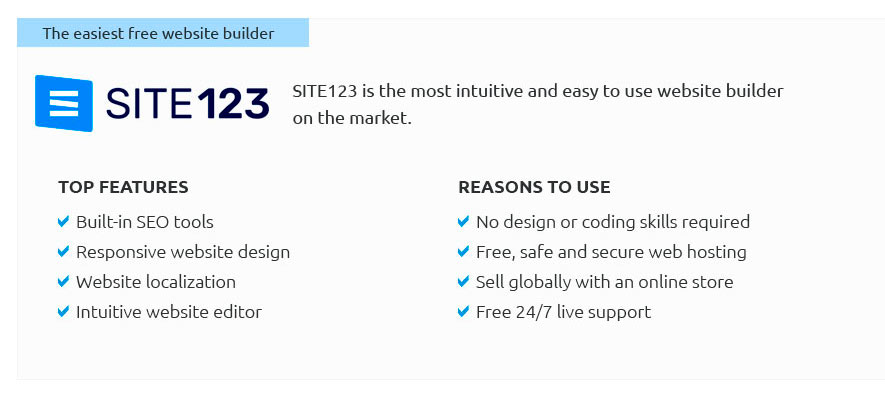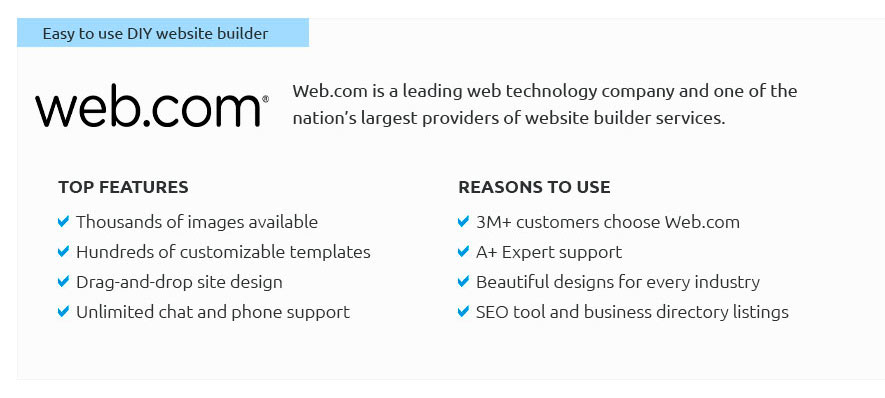 |
 |
 |
 |
|
 |
 |
 |
|
 |
|
 |
 |
|
 |
|
 |
|
 |
 |
Building a PHP Website with Database Integration: Key Concepts and StepsIntroduction to PHP and Database IntegrationPHP is a popular server-side scripting language designed for web development. When paired with a database, PHP allows for the creation of dynamic and interactive web applications. Integrating a database with your PHP website enhances its functionality by enabling data storage, retrieval, and manipulation. Benefits of Using PHP with a DatabaseUsing PHP with a database offers numerous advantages:
For those new to website development, a free easy website builder might be a beneficial tool to start with. Steps to Create a PHP Website with a DatabaseSetting Up Your EnvironmentFirst, ensure that your server supports PHP and a database management system like MySQL. You can set up a local development environment using tools like XAMPP or WAMP. Designing the DatabasePlan your database structure carefully. Consider what data you need to store and how it will be organized. Create tables and define relationships between them. Connecting PHP to the DatabaseUse PHP's built-in functions or PDO (PHP Data Objects) to establish a connection to your database. This connection allows PHP to send queries to the database and retrieve results. Building the FrontendWhile PHP handles the backend logic, HTML and CSS are used to build the frontend of your website. Opt for the best company website templates to ensure a professional look. Common Challenges and SolutionsIntegrating a database with a PHP website can present challenges. Here are some common issues and their solutions:
FAQWhat is the main advantage of using PHP with a database?The primary advantage is the ability to create dynamic web applications that can interact with users and store data efficiently. How can I secure my PHP website with a database?To secure your PHP website, use prepared statements to prevent SQL injection, validate user input, and implement proper user authentication and authorization measures. Which database management system works best with PHP?MySQL is the most commonly used database management system with PHP due to its reliability and compatibility. However, other systems like PostgreSQL and SQLite are also viable options depending on your needs. Can I use PHP with other types of databases?Yes, PHP can work with various database types, including NoSQL databases like MongoDB, allowing for greater flexibility depending on your project requirements. https://yonkov.github.io/post/how-to-make-a-website-from-scratch-using-php-and-mysql/
1. Create a database - 2. Connect PHP and MYSQL - 3. Create Homepage - 4. Create Register page - 5. Create Login page - 6. Create Dashboard and ... http://www.w3schools.com/Php/php_mysql_intro.asp
MySQL is the most popular database system used with PHP. What is MySQL? MySQL is a database system used on the web; MySQL is a database system that runs on a ... https://www.youtube.com/watch?v=fg1rjQOOWoQ
... website. https ... Save HTML Form Data to a MySQL Database using PHP. Dave Hollingworth ...
|